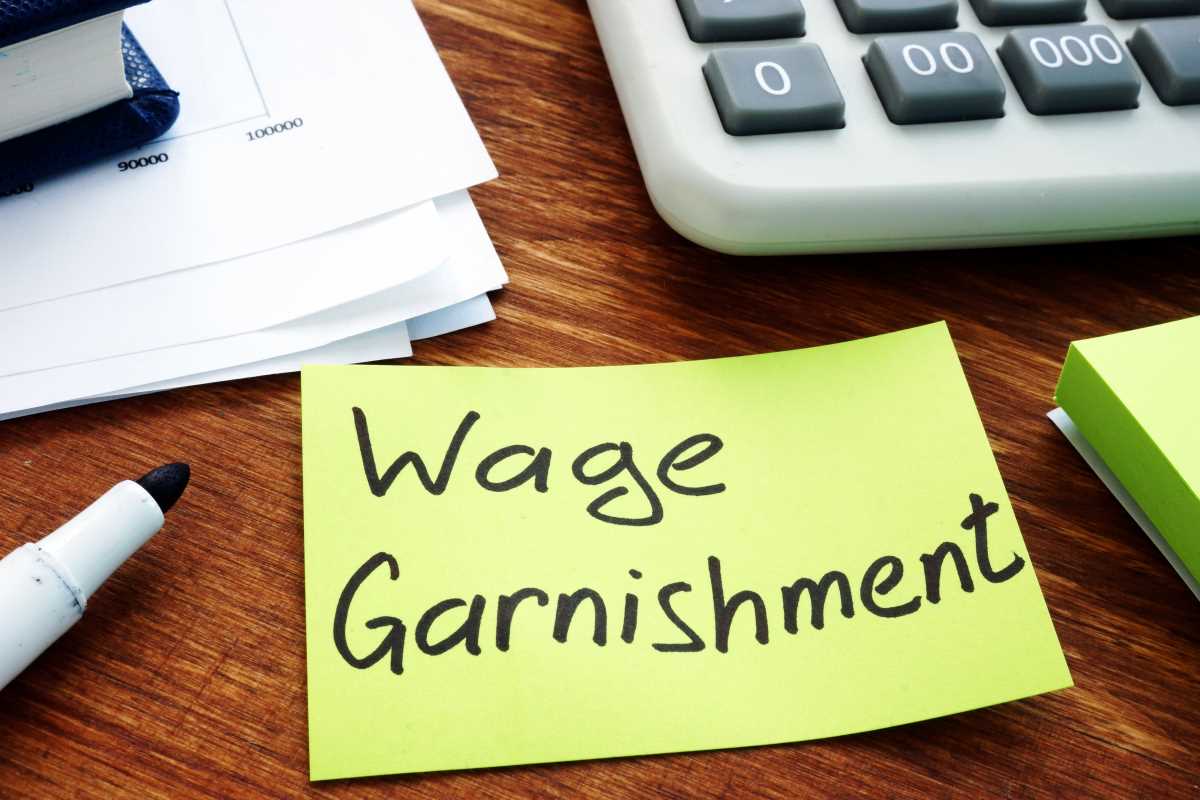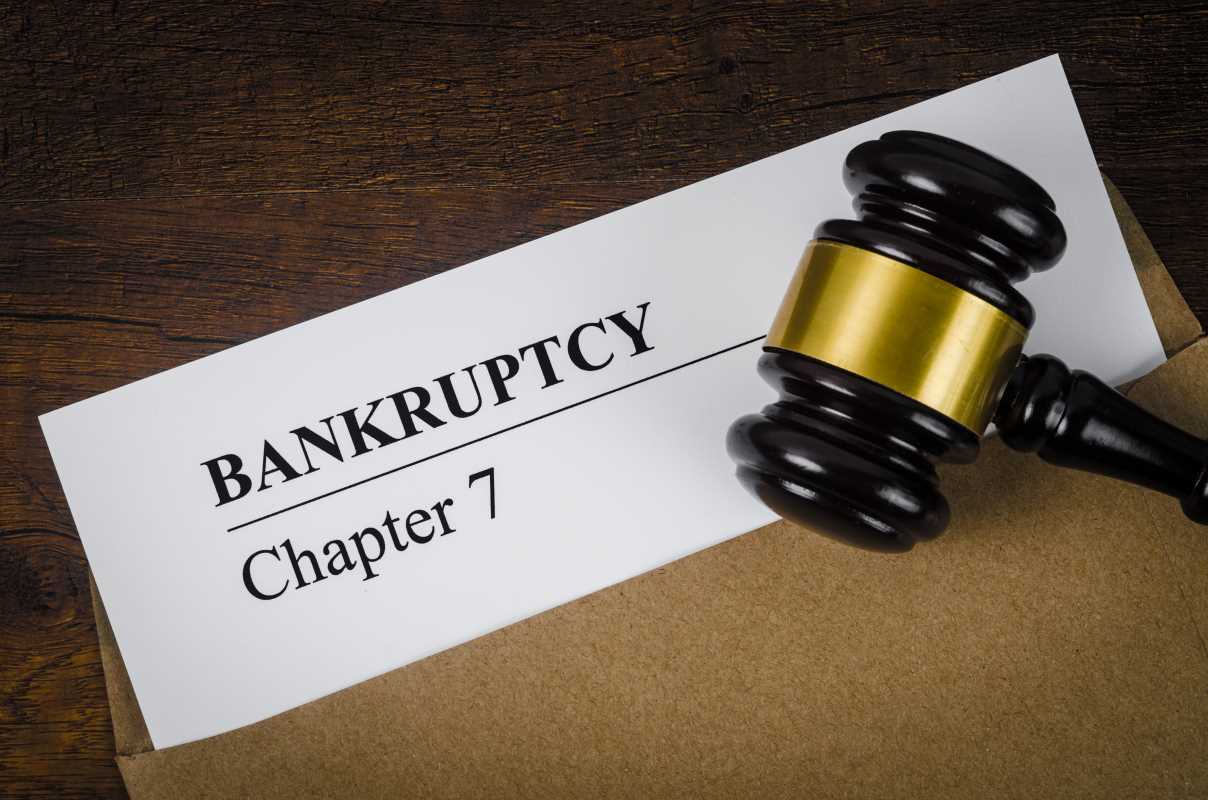Getting hit with a wage garnishment can put you in a financial vise. Suddenly, a portion of your paycheck is gone, and it's already hard to make ends meet. Dealing with this situation is no doubt stressful, but you don’t have to face it without a plan. A calm approach, along with the right steps, can help you regain control of your finances and lessen the impact of garnishments over time. This guide will walk you through practical tips to handle garnishments while keeping your head above water. It’s not easy, but by breaking things down, you can take manageable steps toward a more stable financial future.
Understand Wage Garnishments
Having a clear understanding of what wage garnishments mean is the first step. Garnishment is when a creditor legally takes money directly from your paycheck to settle unpaid debts. This might include things like credit card balances, medical bills, student loans, or child support. Typically, employers are required to withhold a percentage of your wages until the debt is paid off or the court order is lifted.
Federal law limits how much can be deducted from your paycheck. For most garnishments, the amount withheld cannot exceed 25% of your disposable income or the equivalent of 30 times the federal minimum wage per week, whichever is less.
Review Your Budget Immediately
Understanding where your money is going each month is critical when garnishments kick in. Sit down and create a basic budget as soon as possible. Start by listing your income and all your expenses, focusing on non-negotiable bills like rent, utilities, groceries, and transportation.
Cutting back on non-essentials becomes absolutely necessary. Pause subscriptions, limit dining out, or switch to more affordable phone and internet plans. Redirecting even small amounts to cover necessary expenses makes a big difference when your paycheck gets smaller.
Contact Creditors to Negotiate
Talking directly to your creditors might open the door to alternative arrangements. Some companies offer repayment plans, debt settlements, or temporary hardship programs that allow smaller payments instead of garnishments. Being proactive here shows that you’re willing to resolve the debt and could prevent additional actions from creditors.
Contacting a human resources or payroll department at your workplace might also provide insight into how much will be garnished and for how long. Knowing these details allows you to plan accordingly and avoid further surprises.
Look Into Exemptions
Certain situations allow you to claim exemptions that reduce or stop garnishments. Specific types of income, such as Social Security benefits, veterans’ benefits, or disability payments, may be protected under federal law. Garnishment laws differ by state, with some states offering stronger protections than federal guidelines.
Filing for an exemption might involve proving financial hardship or demonstrating that the garnishment prevents you from covering basic living expenses.
Build an Emergency Savings Plan
Even with garnishments, saving something, no matter how small, helps you prepare for unexpected expenses. Open a separate savings account to make it harder to dip into the money for everyday needs. Starting at $5 or $10 per week can create a cushion over time, even if it feels like a drop in the bucket at first.
Selling unused items, picking up side gigs, or limiting luxuries for a couple of months may free up money to jumpstart your savings. This small step can reduce the stress that comes with having less of your paycheck available for day-to-day use.
Explore Additional Income Options
Finding ways to bring in extra income is especially useful when garnishments stretch your budget thin. Flexible side gigs like delivering food, freelancing, babysitting, or selling handmade crafts online can put extra cash in your pocket without requiring a long-term commitment.
Using this extra income specifically to pay down remaining debts could shorten the length of the garnishment and get you back on track sooner. Be consistent about putting the additional earnings into high-priority financial goals rather than spreading them across less urgent expenses.
Avoid New Debt
Minimizing new financial obligations is key during a garnishment. Relying on credit cards or payday loans to fill gaps in your income might create a bigger problem in the long run. Stick to a basic cash-based system to avoid accumulating additional high-interest debts.
Borrowing necessities like tools or clothes from friends or family members or even connecting with local organizations that provide resources to those in need, can help you stretch what you already have. The less new debt you take on, the quicker you’ll regain your financial footing.
Use Community Resources
Local charities and nonprofits often help people facing financial hardship. Food banks, free community meals, utility assistance programs, and even second-hand clothing drives can offset some essential expenses. By taking advantage of resources like these, you can reallocate what would have been spent on other necessary areas.
Churches, community centers, and local government offices often maintain lists of these resources. Asking around might introduce you to help that you didn’t realize was available. Filling basic needs through support programs makes it easier to manage garnishments.
Seek Professional Guidance
Meeting with a nonprofit credit counselor offers another way to assess your financial situation and figure out a debt repayment strategy. Unlike a financial advisor, a credit counselor specializes in navigating debt and may help negotiate with your creditors directly. Some even provide free services or charge a small fee based on your budget.
Bankruptcy attorneys or other legal professionals might also offer consultations to go over your options.
Set Goals for Long-Term Stability
Garnishments don’t last forever, but taking steps toward financial independence makes a future crisis less likely. Focus on building a healthier financial foundation by committing to savings, minimizing unnecessary debt, and keeping up with payments once the garnishment ends.
Tracking your progress toward these goals also serves as motivation. Watching your debts shrink, savings grow, or even managing to stick to a tighter budget all count as victories worth celebrating.
 (Image via
(Image via





